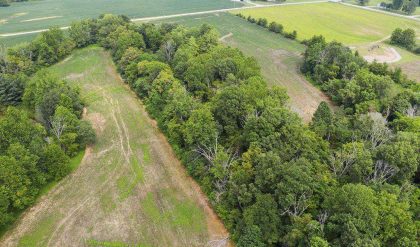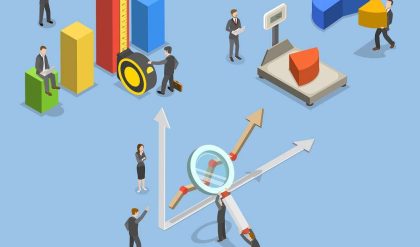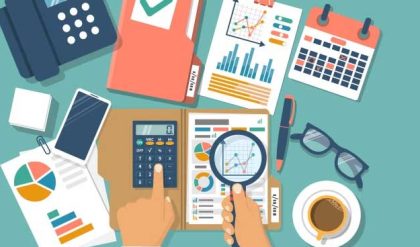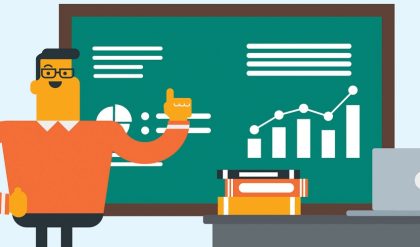Description of development economics
• Evolution of development economics
• Import substitution and export promotion
• Market failures
• Inseparability of efficiency and equity
• Millennium Development Goals
Malawi is one of the poorest countries in the world. The average person living there had an annual income of $330 in 2010. That is not even a dollar a day. Even when we adjust for a low cost of living, the average Malawian lived off what in the United States would be the equivalent of around $850 per year.
What is the solution to Malawi’s pervasive poverty?
Like other least-developed countries (LDCs),2 Malawi has tried a number of different strategies to stimulate development and raise the welfare of its people. It made the growth of smallholder production a cornerstone of its development and poverty-alleviation strategy by focusing on improving smallholders’ access to agricultural input and output markets.
Eighty-one percent of Malawi’s population is rural, and smallholders make up about 90% of the poor. Food production is a major source of livelihood for most rural households. Productivity and, in particular, fertilizer use are low. Only 67% of agricultural households used fertilizer in 2004.3 Before 1998, Malawi relied on market price supports to transfer income to farm households. (Next door in Zambia, where per capita income was $1,400 in 2010, the government continues to pay farmers prices well above market levels for their maize.)4 In recent years, fertilizer subsidies were the primary method of transferring income to rural Malawi households.
Paying for farmers’ inputs is expensive and controversial. More than 50% of the Ministry of Agriculture’s budget has gone toward paying for input subsidies.5 Most recently, the country has taken a new line of attack by introducing a social cash transfer (SCT) scheme that targets ultra-poor households (those living on less than $0.10 per day) whose members are unable to work due to disability, age, illness, or a high dependency ratio (too many people to take care of at home). Rather than specifically targeting agricultural production, like the price supports or fertilizer subsidies, cash transfers raise incomes directly, allowing households to increase consumption or to invest in production activities. The government and researchers hope these transfers will stimulate production in other ways while creating positive spillovers that benefit other households in the economy. Field research to test the effectiveness of SCT programs is ongoing.
SCT programs are being implemented throughout the continent, in Ethiopia, Ghana, Kenya, Zambia, Zimbabwe, Lesotho, and other poor countries. The United Nations Children’s Fund (UNICEF) and the UN’s Food and Agricultural Organization (FAO), in conjunction with several universities and agencies, have launched an ambitious project to document the impacts of these transfer programs on a range of outcomes, from crop production to HIV/AIDS prevention.6 Development economists are on the front line of this effort, helping to design and evaluate SCT programs. On a micro level, this is a good example of the sorts of things development economists do.
Usually, a development economics class is a potpourri of special topics. It’s hard for it not to be, because economic development involves so many different things:
• It’s income growth (how can we have development without growth in countries whose per capita incomes now hover around $1–$2 per day?).
• It’s welfare economics, including the study of poverty and inequality.
• It’s agricultural economics. How to make agriculture more productive is a big question in countries where most of the population—particularly the poor population—is rural and agricultural.
• It’s economic demography, the study of population growth in a world with more than 7 billion people, and population distribution in a world with more than a quarter of a billion international migrants and many more internal ones. (China will have about that many internal migrants in the near future, if it doesn’t already.)
• It’s labor economics: education, health, conditions in the workplace.
• It’s the study of markets for goods, services, inputs, outputs, credit, and insurance, without which whole economies can grind to a standstill.
• It’s public economics, including the provision of public goods from roads and communications to utilities and waste treatment, and it’s about managing the macroeconomy, too.
• It’s about natural resources and the environment: energy, water, deforestation, pollution, climate change, sustainability.





